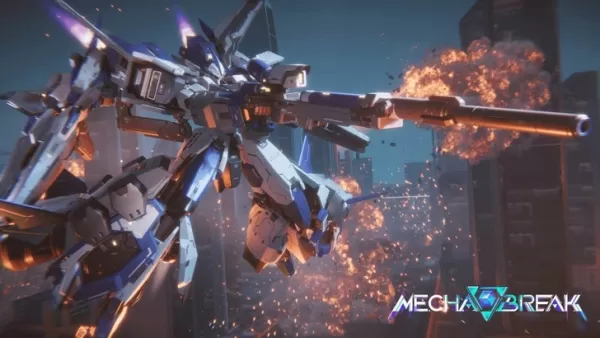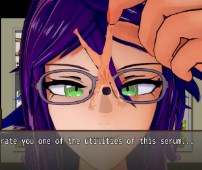The grand reveal of the Nintendo Switch 2 last week has sparked excitement among gamers worldwide, yet Nintendo has kept the technical specifications of this new handheld under wraps. While we've seen upgrades like new Joy-Cons, a revamped kickstand, and a larger form factor, the actual power of the Switch 2 remains a mystery. However, a brief glimpse at Mario Kart 9 in the reveal video might hold the key to understanding the console's capabilities.
In a detailed YouTube video (via GamesRadar), indie developer Jerrel Dulay of Sungrand Studios shared his insights, suggesting that the Switch 2 is significantly more powerful than its predecessor. Dulay, who has extensive experience with Nintendo hardware from working on the Wii U and 3DS, analyzed the Mario Kart 9 footage to draw his conclusions.
Mario Kart 9 - First Look
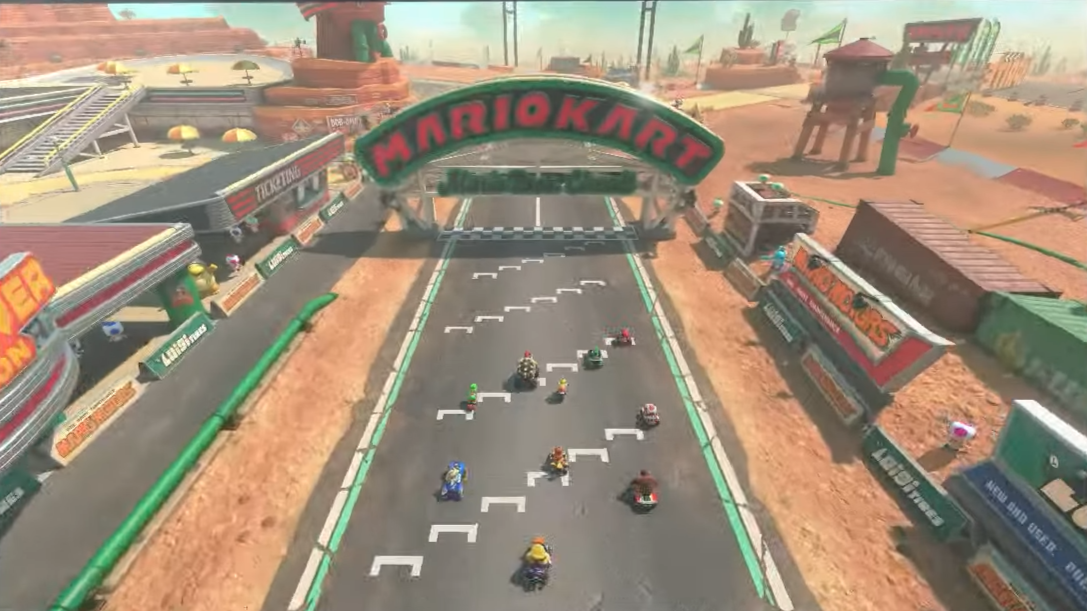
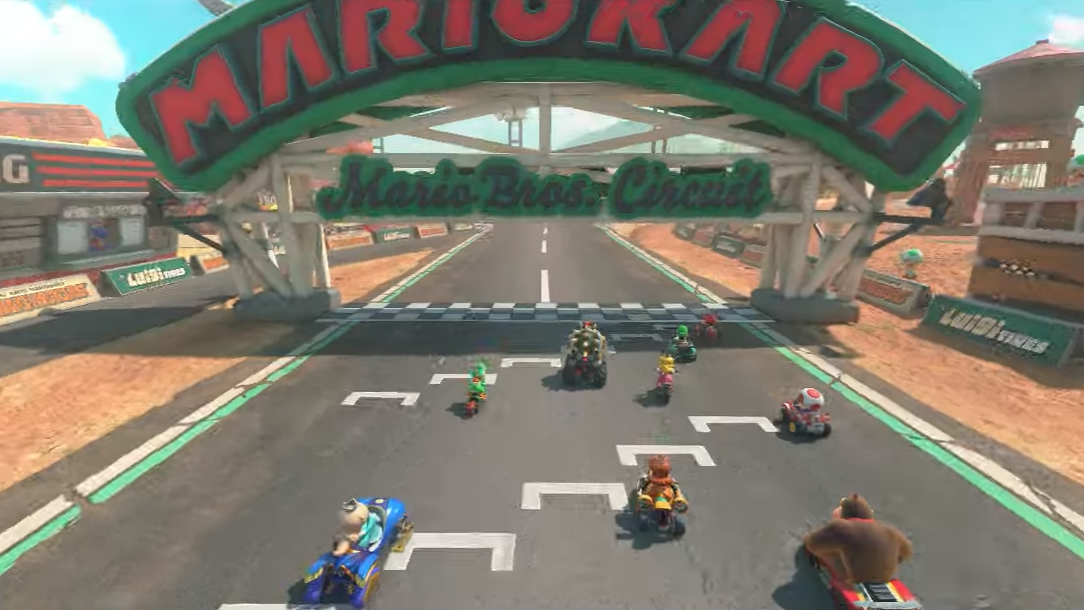 25 Images
25 Images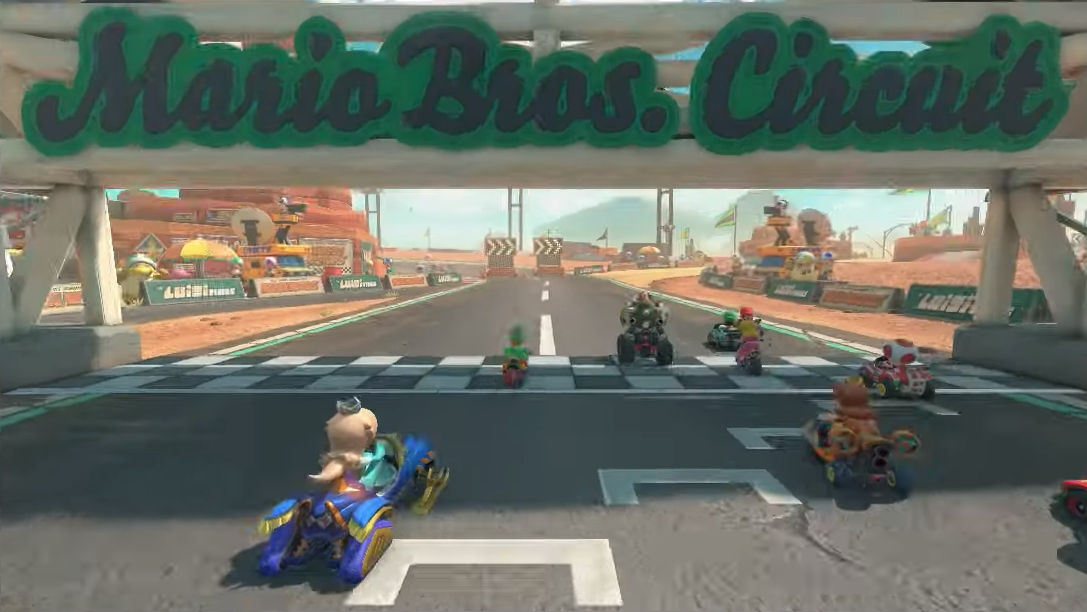
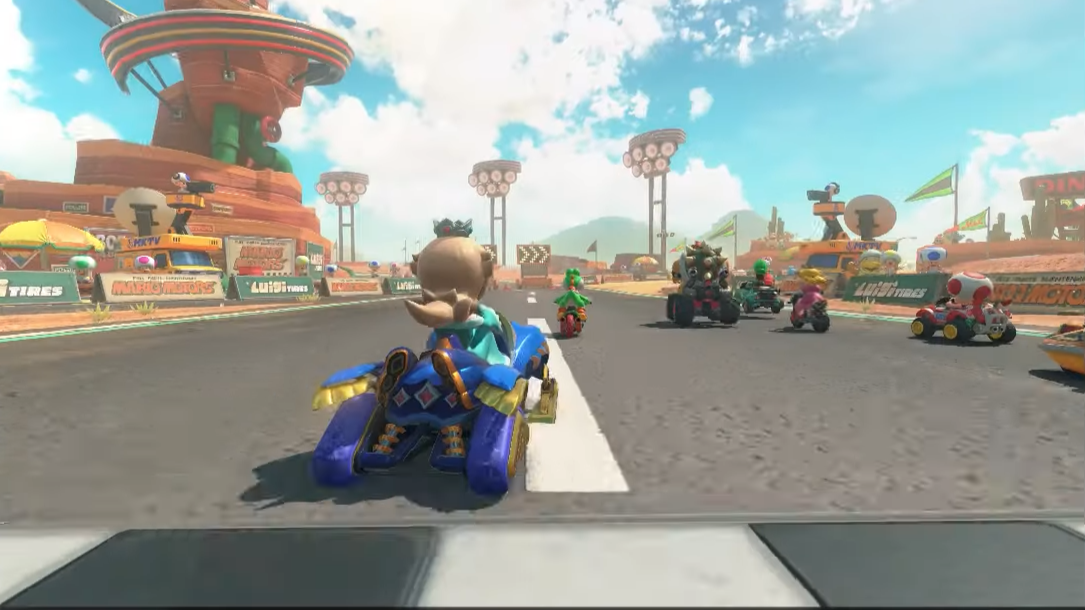
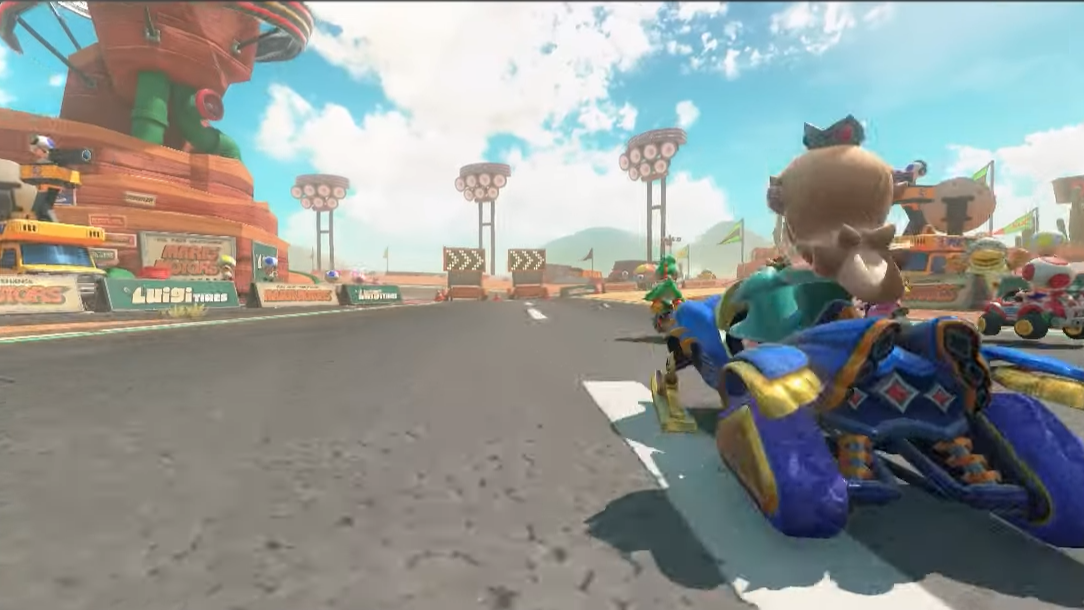

Dulay pointed out the use of "physically-based shaders" on cars and other textures in the Mario Kart footage. These shaders, which can be influenced by reflections and lighting, indicate a substantial upgrade in graphical capabilities. A late 2023 report from Digital Foundry highlighted the Switch 2’s potential use of the Nvidia T239 ARM mobile chip, boasting 1536 CUDA Cores, a 500% increase from the original Switch's Tegra X1 chip with just 256 CUDA cores. Leaks of the Switch 2's motherboard further supported these claims, showcasing an 8nm chip.
Dulay emphasized that the original Switch struggled with complex shaders, often resulting in framerate drops. In contrast, the Mario Kart 9 footage displayed additional material reflections and high-resolution ground textures, which require substantial RAM. While the original Switch has 4GB of RAM, the Switch 2 is rumored to have 12GB, with motherboard leaks revealing two SK Hynix LPDDR5 modules. Although the exact RAM speed is unknown, similar parts can run at up to 7500MHz, significantly boosting bandwidth and texture loading speeds.
Dulay also noted the presence of "true volumetric lighting" in the Mario Kart teaser, a feature that is demanding on any GPU. The ability to implement volumetric lighting while maintaining 60 frames per second suggests a significant leap in processing power. Additionally, the trailer showcased shadows at far distances, another computationally intensive feature that was challenging on the original Switch.
The increased number of textures onscreen, high poly-count characters, and real-time cloth physics on flagpoles further demonstrate the Switch 2's enhanced capabilities. As we await more details and footage from Nintendo, Dulay's analysis provides a compelling preview of the graphical prowess we can expect from the Switch 2.
Nintendo is set to reveal more about the Switch 2 in a dedicated Direct in April. Until then, stay tuned to IGN for comprehensive coverage of the Switch 2.

